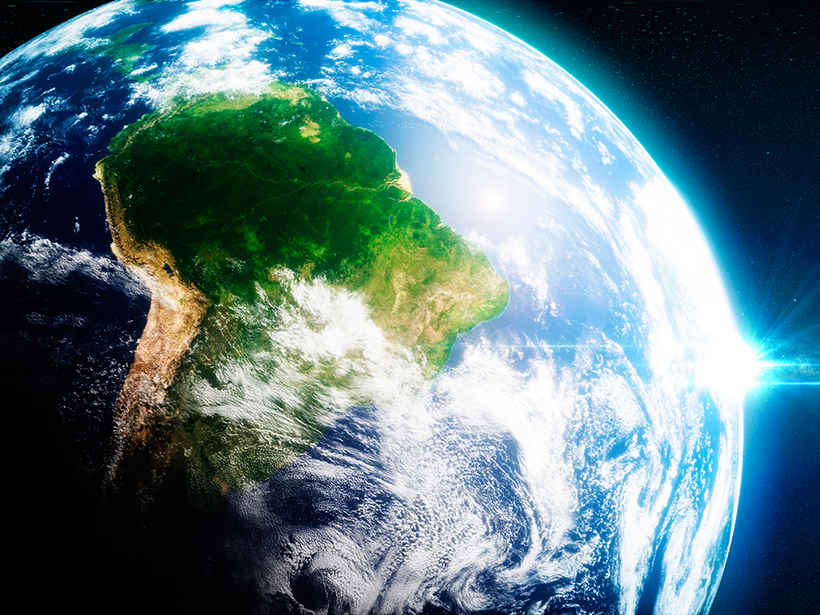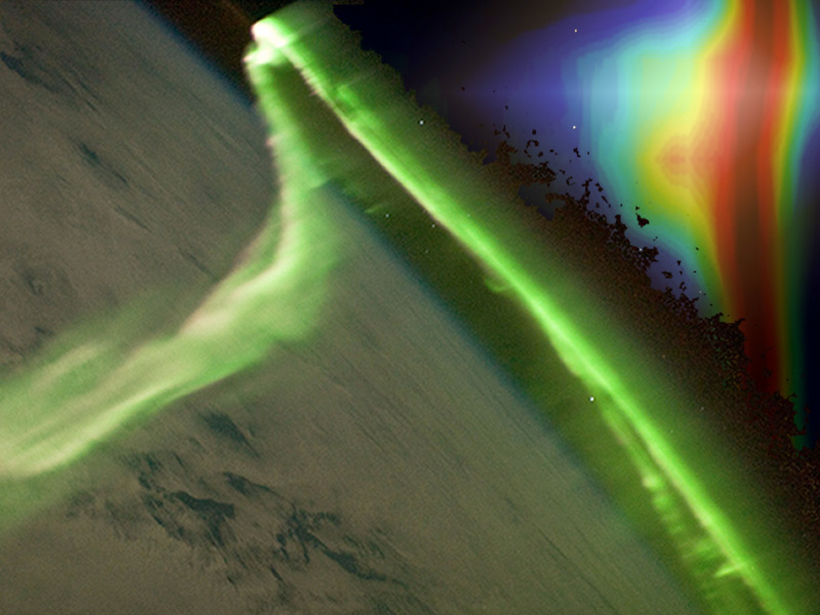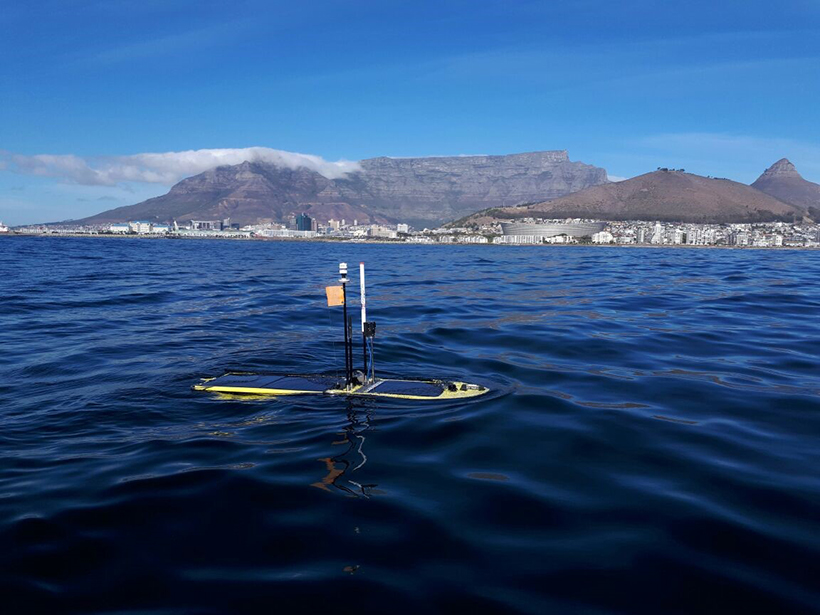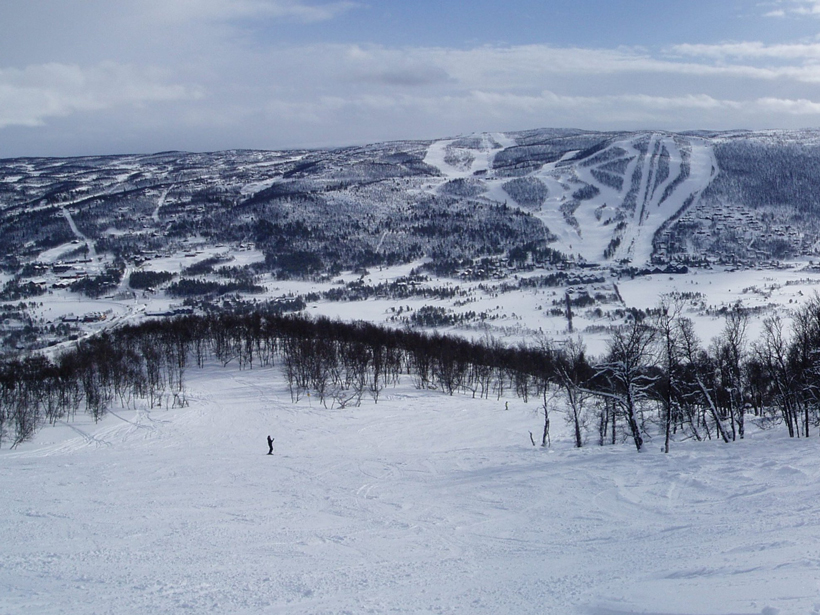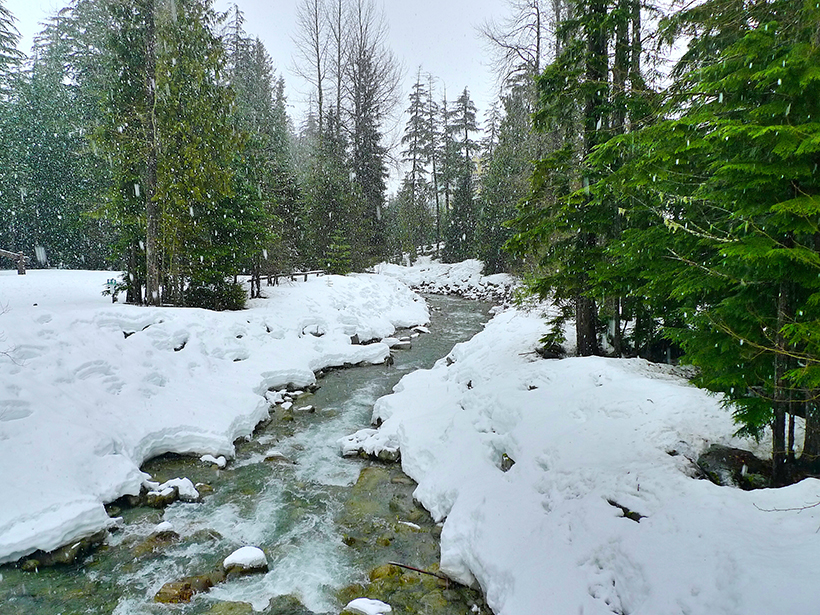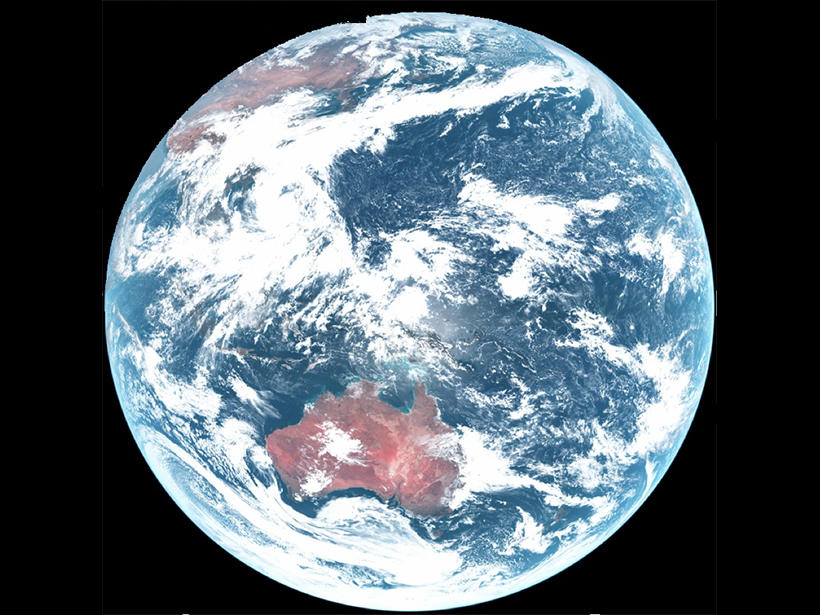Space Weather: A Multi-disciplinary Approach; Leiden, Netherlands, 25–29 September 2017
Science Updates
Toward Standardized Data Sets for Climate Model Experimentation
A new initiative collects, archives, and documents climate forcing data sets to support coordinated modeling activities that study past, present, and future climates.
Exploring the Interplay Between Ocean Eddies and the Atmosphere
Ocean Mesoscale Eddy Interactions with the Atmosphere: A CLIVAR Workshop; Portland, Oregon, 17–18 February 2018
Can We Crack the Climate Code of the Southern Polar Region?
The #GreatAntarcticClimateHack; La Jolla, California, 9–12 October 2017
Assessing the Future of Space-Based Experiments
Active Experiments in Space: Past, Present and Future; Santa Fe, New Mexico, 11–14 September 2017
Ocean Gliders Ride the Research Wave in the Agulhas Current
Off the east coast of South Africa, robotic ocean gliders deployed in the Agulhas Current capture new data that help us better understand how energy dissipates in the ocean.
An Evolving Framework for Advancing Climate Services in Norway
Meeting of the Norwegian Centre for Climate Services; Geilo, Norway, 25–26 October 2017
How Can We Find Out How Much Snow Is in the World?
In Colorado forests, NASA scientists and a multinational team of researchers test the limits of satellite remote sensing for measuring the water content of snow.
Assessing and Understanding Climate Change in Africa
Climate Change in Africa: Evidence, Mechanisms, and Impacts, Past and Present; Marrakesh, Morocco, 6–11 November 2017
The Stratosphere and Its Role in Tropical Teleconnections
Joint SPARC Dynamics and Observations Workshop; Kyoto, Japan, 9–14 October 2017


